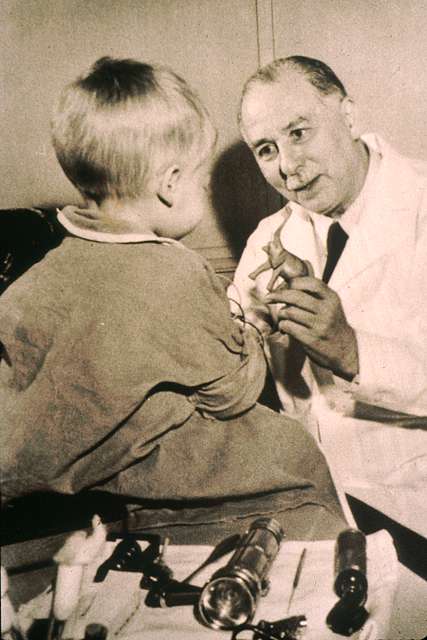Technological and Scientific Advances
In the 2010s, there was renewed interest in DHODH inhibitors for cancer therapy, particularly for hematologic malignancies such as AML. This renewed interest can be attributed to several key developments and insights that emerged in recent years:

1. Better understanding of cancer metabolism
In recent decades, scientists have grown to appreciate the truly profound scale of metabolic dysregulation within cancer cells, and the therapeutic opportunities it presents.
2. Recognition of the Broad Consequences of DHODH Inhibition
While initially thought to primarily function through the depletion of pyrimidine nucleotides, DHODH inhibitors have since been found to work through multiple mechanisms, opening up opportunities for strategic combination therapies.
3. Development of more potent and selective inhibitors
Advances in small molecule development and screening technology have enabled the synthesis of new DHODH inhibitors with improved pharmacokinetic and pharmacodynamic profiles, addressing many of the limitations of earlier compounds.
4. Increased attention on combination therapies
As our understanding of cancer has evolved over the past decade or so, there has been an emerging appreciation for combination therapies, especially in immuno-oncology. Recent studies have shown promising results when combining DHODH inhibitors with other cancer therapies, particularly immunotherapies.
5. Modern advances in precision medicine
As technology has advanced, our ability to identify patients most likely to respond to metabolic therapies based on genetic or metabolic profiles has increased.
The Historical Perspective
From its initial discovery to recent advancements in cancer therapy, this timeline highlights the pivotal milestones that have shaped our understanding and application of DHODH as a therapeutic target.
The Field of Cancer Metabolism is Born
In 1924, Otto Warburg discovers dramatic metabolic alterations within cancer cells and lays the groundwork for targeting cancer metabolism.

Inhibition of Nucleotide Synthesis
Sidney Farber, known as the "Father of Chemotherapy" uses aminopterin, a drug that inhibits nucleotide synthesis, to induce remission in leukemia patients.
DHODH Arrives on the Scene
In 1953, DHODH was first isolated from extracts of Clostridium oroticum and by the end of the decade (1959) it's role in tumor progression was well-established.
DHODH as a Target in Cancer Therapy
In the mid-1980s, the DHODH inhibitor Brequinar exhibited potent anti-cancer activity in many experimental models, but ultimately delivered disappointing results in the clinic.
Renewed Interest
In 1998. Leflunomide, an immunosuppressive drug that inhibits DHODH, is approved by the FDA for treating rheumatoid arthritis. This approval highlights DHODH as a viable drug target and spurs further investigation into its potential use in cancer therapy

DHODH Surges Back Onto the Scene
In 2016, a screen of over 330,000 compounds was conducted to find compounds that could cause the differentiation of acute myeloid leukemia cells; 11 out of the 13 hits were DHODH inhibitors. This ignited significant interest in DHODH as a target.
Combination Therapies and Immuno-Oncology
Recent studies highlight the potential of combining DHODH inhibitors with immune checkpoint inhibitors (e.g., anti-PD-1/anti-CTLA-4) to enhance anti-tumor immune responses, showing promising results in preclinical models

